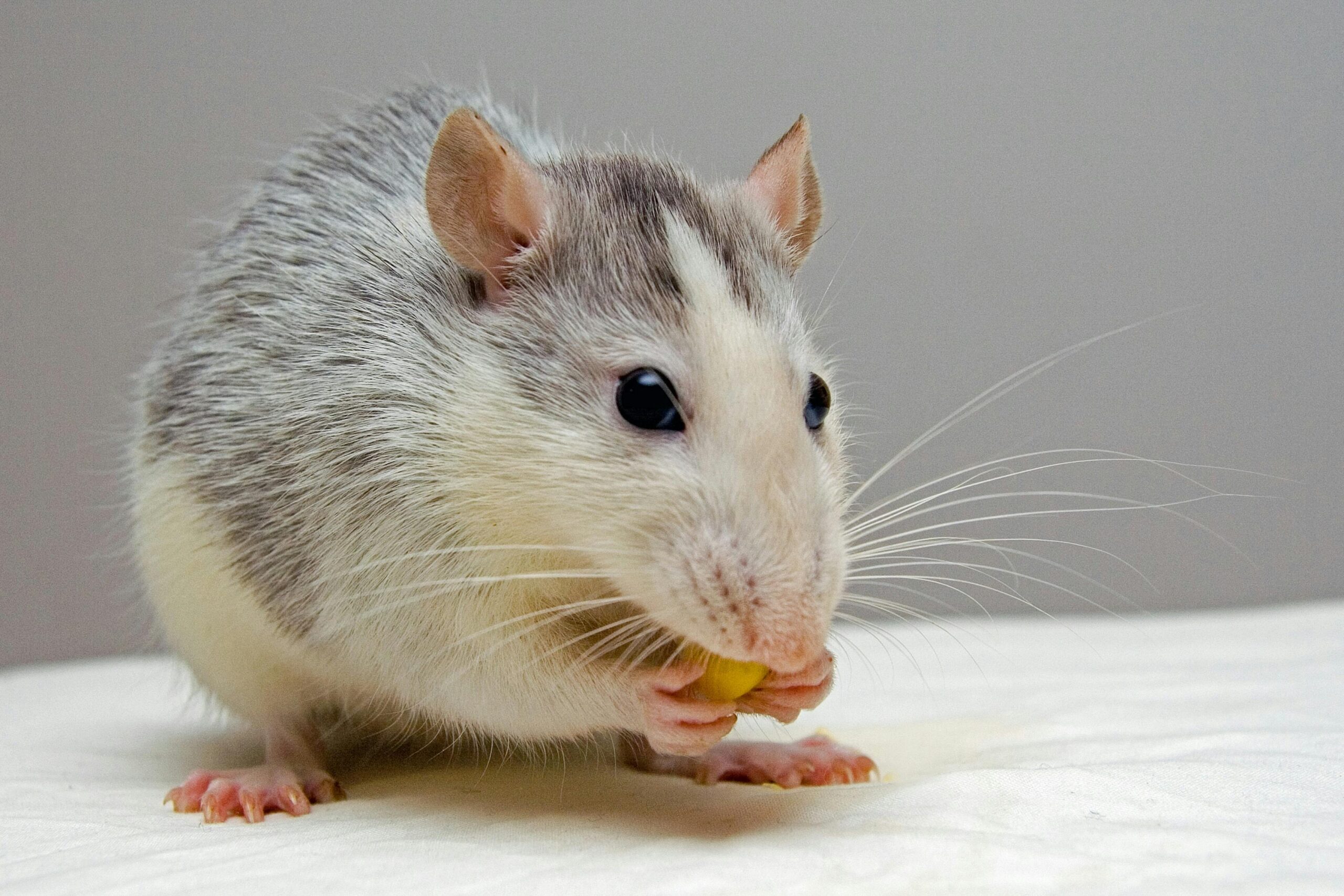(image credit: by Pia B )
Octopuses aren’t just masters of camouflage—they’re also biological wonders with three hearts and blue blood. Here’s how their unique anatomy helps them thrive in the ocean’s most challenging environments.
Octopuses Have Three Hearts and Blue Blood—Here’s What That Means
Octopuses are some of the most fascinating and mysterious creatures in the ocean, and their internal biology is just as mind-blowing as their outward abilities. While many know about their camouflage skills or high intelligence, few realize just how strange their circulatory system is. These eight-armed sea creatures have three hearts and blue blood—and both are critical for life in the deep.
Let’s start with the hearts.
Two of an octopus’s hearts are branchial hearts, each located near a gill. These hearts pump blood specifically to the gills, where it picks up oxygen. The third, called the systemic heart, pumps the oxygenated blood to the rest of the body. But here’s the catch: when an octopus swims, the systemic heart actually stops beating, which is one reason octopuses prefer crawling to swimming—it’s simply less exhausting.
And now, about that blue blood.
Unlike humans and most mammals, who rely on iron-rich hemoglobin (which gives our blood its red color), octopuses use a copper-rich protein called hemocyanin to transport oxygen. Hemocyanin is more efficient at binding oxygen in cold, low-oxygen conditions—exactly the kind of environments deep-sea octopuses call home.
This unique blood composition isn’t just a cool trivia fact—it’s a critical adaptation that allows octopuses to thrive in dark, frigid waters where other creatures might struggle. Their blue blood, combined with their three-heart system, ensures their bodies receive enough oxygen even in the most extreme underwater environments.
So, next time you marvel at an octopus squeezing through a tiny hole or changing colors like a chameleon, remember: behind those clever moves is a circulatory system built to defy the odds of the deep sea.


